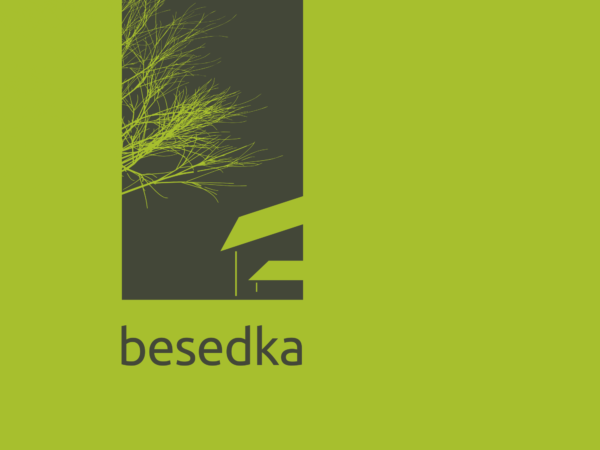
title t“Besedka”: interesting interlocutors and unusual topics
itle
“Besedka” is a platform for online talks created by the Caucasus Institute. Why “besedka”? Because in our (post-Soviet) countries there is a besedka/ gazebo in each yard, where people discuss politics, social life, and life in general. The talks are broadcast online on the CI Facebook Page. We talk in different languages, as our interlocutors are from different countries. For those who cannot join the live stream, the “Besedka” podcast is available.